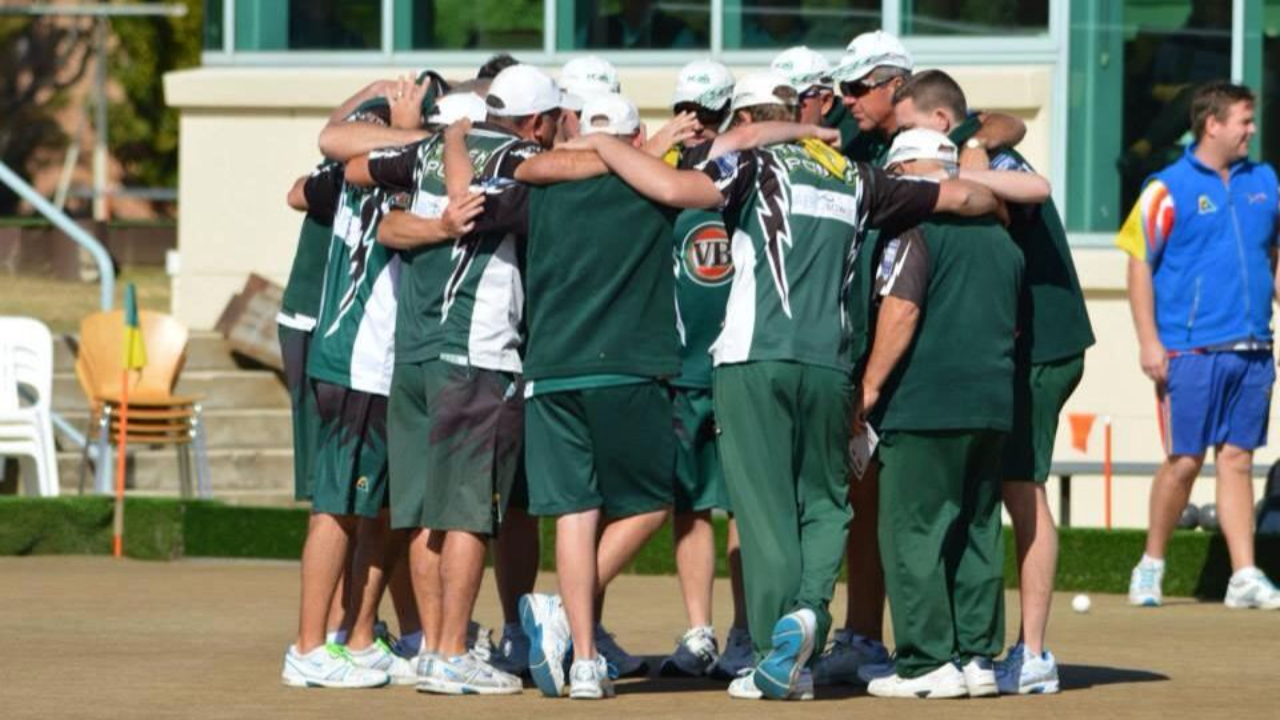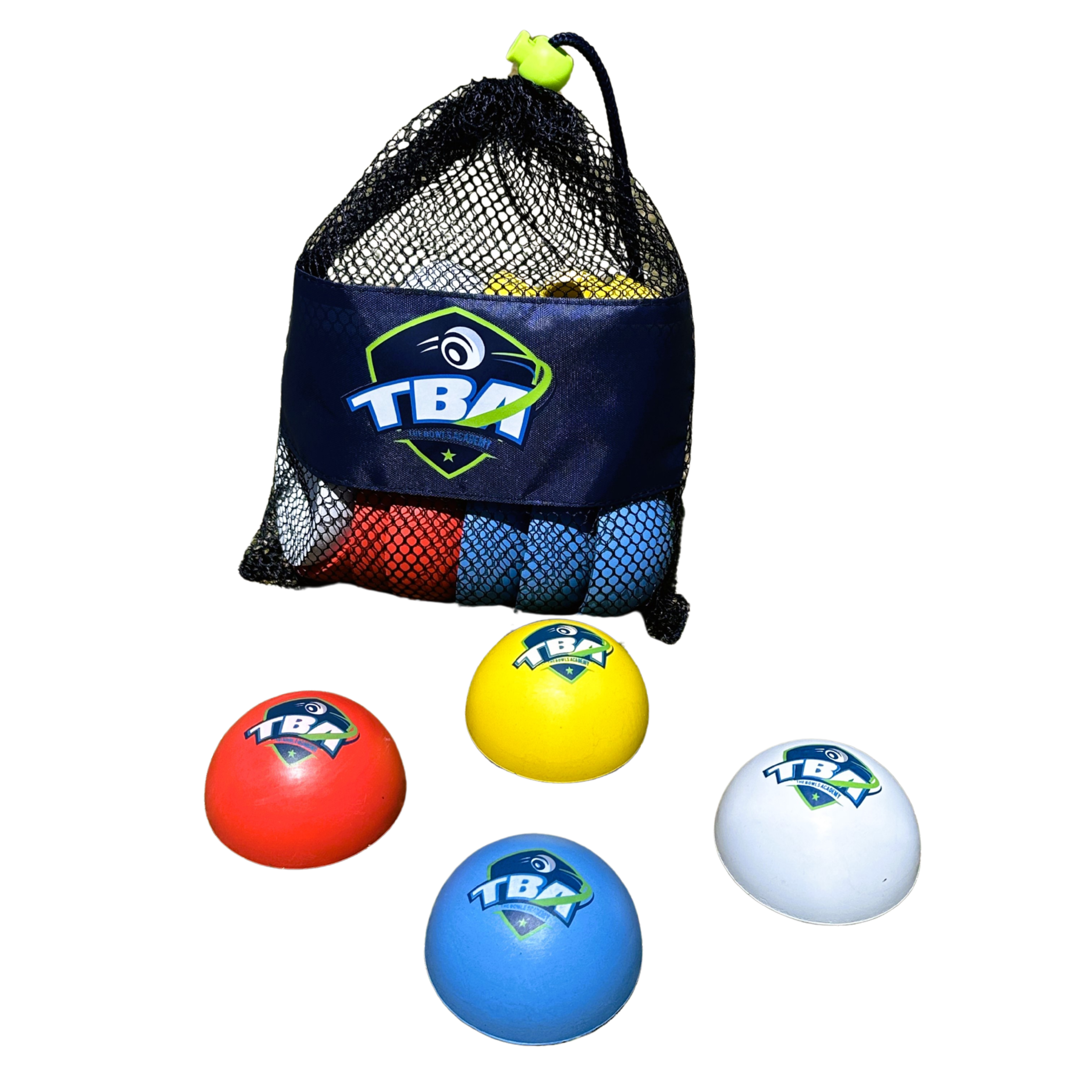
Lawn Bowls Fours – Succeeding At The Ultimate Team Discipline
competition & performance tactical thinking & game strategyTHE ROLL UP - INTRO
What makes a successful lawn bowls fours team? The discipline of lawn bowls fours is undoubtably the most common format played throughout the world. Regardless of what level you play at, we all compete at fours, from the complete beginner who gets thrown into the club fours side to elite players representing their country, fours is the ultimate lawn bowls team discipline.
Lawn bowls fours is a challenging but highly rewarding discipline, with so many bowls played per end and a mix of personalities playing alongside each other, there are a lot of aspects that need to align in order to be successful. Here are 3 characteristics of a successful fours team – see if you or your fellow team players can relate to them.
3 CHARACTERISTICS OF A SUCCESSFUL FOURS SIDE
1 – TEAM COHESION/CULTURE
Creating and sustaining a positive culture within your four is a must for any aspiring team. Even though this is a key aspect to success, it is often one of the hardest aspects to achieve and also to maintain. A critical part to achieving a positive and successful team culture is to have clear goals and expectations for the team of four (or 12 or 16).
Success or failure can hinge on ALL players, coaches and selectors aligning to the same goals and expectations, envisioning what they are trying to achieve over that game, tournament or season and how they are ALL going to play their part in achieving the goal.
For example, at the start of a season a team may set a goal to become regional winners. The expectations set by the team may be that each player arrives 45 minutes prior to the start of each game allowing time to focus, take part in one practice session each week and/or only positive and supportive comments throughout each game.
TIP – Creating group chats can be an effective and clear way of communicating goals and expectations to all team members – however be careful it is used for positive means of communication and not subjective criticism or non-playing related issues

2 – KNOW YOUR ROLE
Regardless of the position you play in a fours team, in order for your team to succeed you must understand what is required of you not only from a technical (shots to play) position but also your role from a tactical / supportive / strategic point of view.
For example we will explore someone playing second.
Playing second you will generally play more off-set draw shots (jack not on the centreline) than draw shots (jack on the centreline). Also you may be required to play the random up-shot or drive (not many, but you should be able to play the shot if required).
By understanding that this is generally what type of shots you will be playing at second, your practice sessions should be tailored to these shots you may be required to play. A 30 minute practice session incorporating off-set draws, a few up shots and couple of drives will be more beneficial than a two hour practice session drawing to jacks on the centreline.
Click here to check out our blog post on Purposeful Practice
A key non-technical role of the second (not just marking a card or turning the score board) is providing support to the lead. Words of encouragement from the second to the lead, especially if they are playing poorly can be a huge confident boast to a player struggling. Getting the best possible out of each player on the day is not solely up to the skip, but is a role all players of successful teams share and contribute with throughout the entire game.
3 – NO EGO’S – JUST ULTIMATE TEAM PLAYERS
Whether its skips ‘saving’ the glory shots for themselves, leads skipping from lead or thirds berating their skip because they think they should be skipping….. we have all seen it on the bowling green. Like other team sports ego’s can sometimes take over and cause friction and negative culture within a team environment.
Having a high ego is correlated with a high self-esteem and inflated sense of self. Now, there is nothing wrong with a high self-esteem. In fact, we need high self-esteem, self-confidence, and self-belief, to be able to give our best performance. But, when we don’t focus on acknowledging and building on our weaknesses, that is when self-belief becomes falsely inflated, creating an ‘ego’ and an unsuccessful team environment.
Help reshape ego-orientated behaviour by recognising the times when the bowler acts in a way that is not ego-based. Reward the right behaviour with praise and reinforce the benefits of such team-orientated behaviour.

Must Read
Bounce: The Myth of Talent and the Power of Practice
Can we really ALL be the best? Is the idea of innate ability holding us back? Could the ability to fail – and then get over it – be fundamental to success?
FINAL END
Remind yourself of the importance of your team. You might have the best individual skills, but without the support of your team you cannot achieve greatness. The strength of the team is not judged by the skill of the best player but by the weakest link of the team.

Be Part of the Bowls Academy Community!
New blogs, resources, and latest online courses to your inbox.
We hate SPAM. We will never sell your information, for any reason.

I'm Simon!
Author
I'm a fierce competitor 'on the green' and I constantly strive to improve my game in all aspects. I want to share my knowledge, skills and experience to help you take your game to the next level.
Get My Latest Content & Podcast Episode Direct To Your Inbox!





